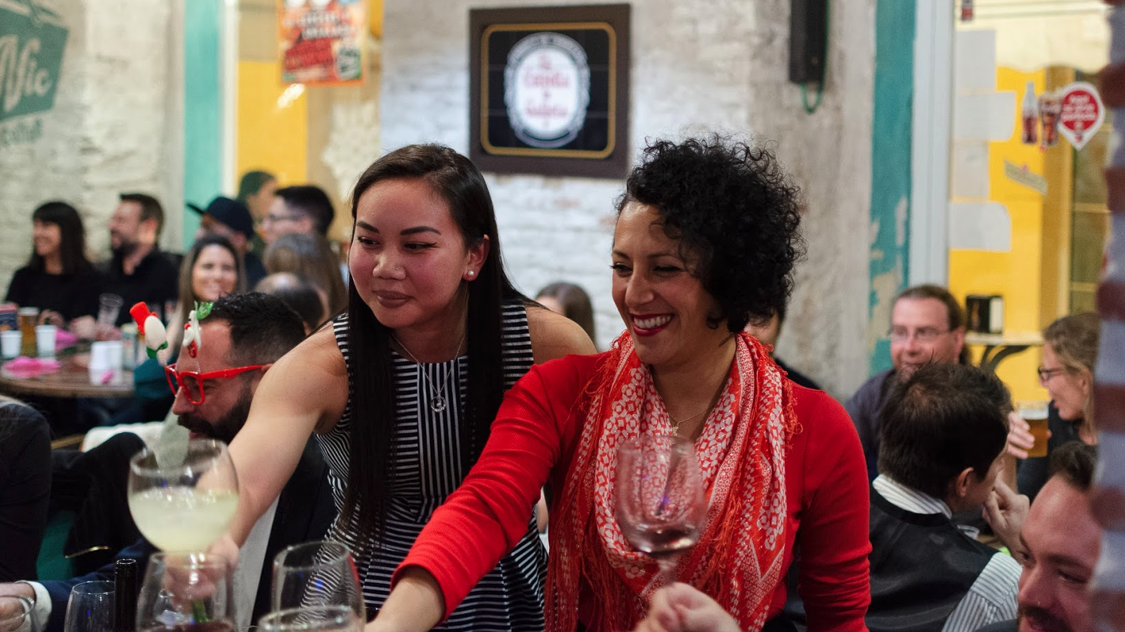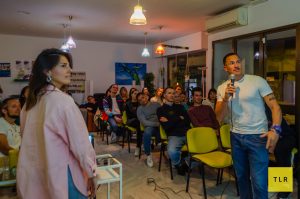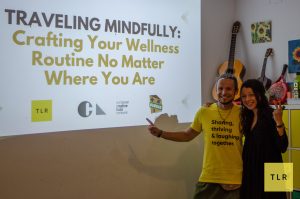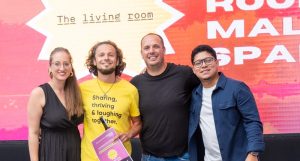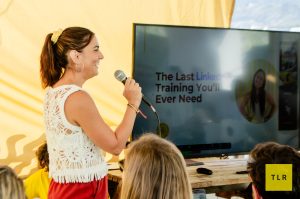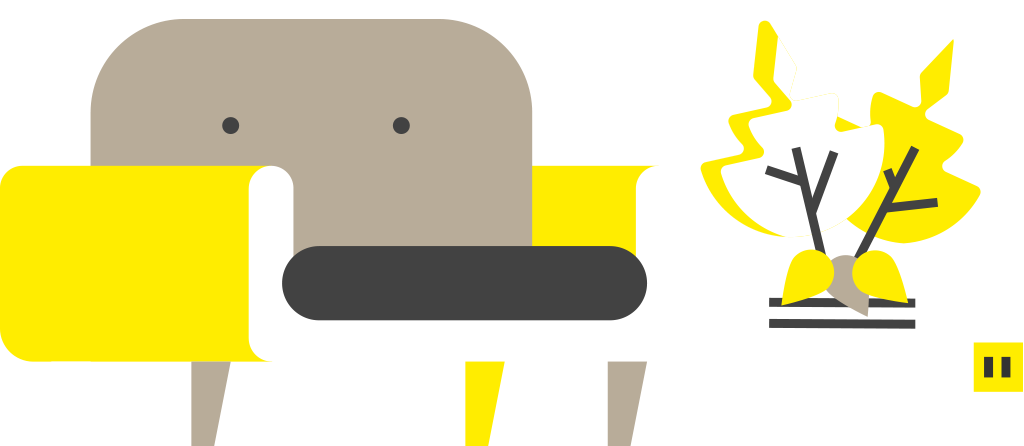For the last year, I’ve been a member at The Living Room Coworking. I love to inspire and connect with people, whether that’s an audience of 1 or 1000 so it was an honour to host this TGIF with my fellow TLR family members and share my knowledge. This online TGIF, and also this blog post will be interactive, so you will need a pen and a piece of paper. I am a former scientist turned trainer & career coach ,and I now help other scientists to improve their careers, hence success beyond the lab, which is my company.
I chose this topic to share with you all because it’s something I’ve personally struggled with a lot, and I’d like to teach you what I learned along the way. If you knew me today, you wouldn’t believe that I used to be shy and didn’t talk a lot. However, despite this, I had so much to give to the world and I wanted to share as much as I could, but I was afraid to speak. So, I learned from some amazing trainers and speakers like Lisa Nichols, Tony Robbins and Blair Singer and I practiced becoming a better speaker. It has benefited my business and personal life tremendously, so I hope you get something out of this interactive learning experience too.
I started off by asking the audience to write down 3 outcomes that they would like to achieve from improving their communication and speaking skills. I asked them to think about what their intentions and goals are. Whilst you are reading this blog post, it would be great if you can ask yourself the same questions and write down 3 things you would like to achieve in becoming a better communicator.

All about communication
Pretty much everything in life is about communication. It starts with an intention, however, it’s also about the impact. Do you ever wonder what the people you are trying to communicate with actually think or feel? How do some things become completely miscommunicated and misinterpreted? To illustrate these thoughts, I undertook an experiment with the TLR family members where I made a tapping noise which represented the melody to a couple of songs, I then asked everyone to guess what the songs were. Then after 3 seconds, they all had to write the name of the song into the group chat. Nearly everyone guessed the ‘Happy Birthday’ melody correctly, however, in contrast, some struggled to guess the ‘Row, row, row your boat’ song.
This is a communication experiment by Elizabeth Newton, a PhD in psychology at Stanford where a group of “tappers”, tapped where 25 songs to a group of “listeners”. How many people do you think would guess the songs correctly in the actual study, maybe around 50% of people? You’d be wrong, astonishingly only 2.5% of people guessed the songs correctly! It just goes to show, what you hear in your head (the intent), and what other people actually experience (the impact) can be very different things. This is known as the ‘intent-impact gap’, the miscommunication that occurs between what you or someone says and how it is experienced by the receiver. Can you relate to this? Have you had conversations with colleagues and friends and there’s been some sort of miscommunication? This brings me onto the following: 5 steps to boost your communication skills, so this gap can be minimized!

5 steps to boost your communication
- Become aware of the gap. (since you read this far congrats, step 1 done!)
- Be proactive and clear about your intention.
- What do I want the other person to think, feel, and do?
- Proactive questions: Who are you talking to? What is the context?
- Apply the 3 priorities to what you say and how you say it.
At this point, I asked the TLR family members to write down how they could implement the above steps into a work meeting or a social occasion that they have coming up. I gave them 4 minutes to do this and suggested they thought about what they could do to close the gap, to minimise miscommunication. Now it is your turn to implement these steps. Information without implementation leads no where. So make sure to apply these 5 steps to your next important phone call, email or conversation with someone.This brings me to the speaking techniques listed below; these techniques should help you to communicate more effectively through speaking. You can be creative with these steps, play with the techniques!
How to say it- speaking techniques
- Variety: Use lively expressions to keep people engaged
- Speed: Adapt the speed to the message. You want them to rush and get excited about something, then speed it up, you want them to calm down and become present, slow down.
- Volume: just like when you watch an exciting movie, all of a sudden the volume goes UP! Play with the volume while you speak.
- Tonality: Intonation helps and brings your speech alive! Emphasise what is important, articulate it, or maybe repeat the same word; “I have a dream, I have a dream…”
- Body language: Show me versus tell me the story. Simple movements with your head, face, and body to make your speech aligned with your story. This makes your speaking more captivating. 80% of communication is non-verbal.
- Pause: Before or during a presentation or conversation, add some pauses, great way to catch everyones attention and have them sit on the edge of the seat..wondering what will happen?
- Ask questions: It makes people feel included and connected with you as a speaker. Make it a dialogue, even when presenting or speaking to a big audience (ask them to nod if they agree, raise their hands).
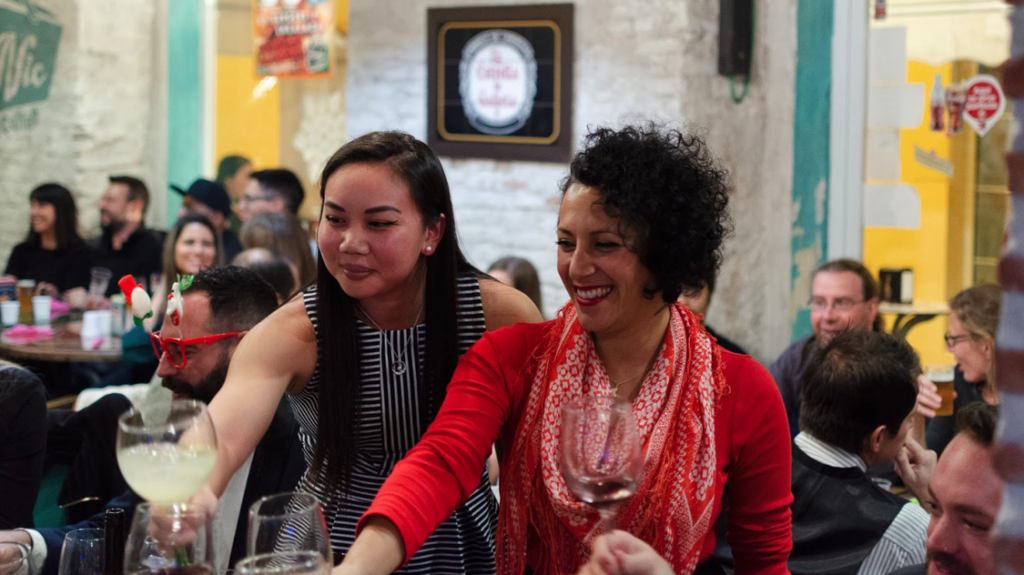
Put it into practice
Learning happens best when it is active, not passive. Doing is key! With this in mind, I asked the TLR family to go into online break out rooms in pairs to try out some of the speaking techniques above using the scenario we all wrote down above. I asked them to try two of the above techniques and each pair took it in turns to practice with each other. It would be great if you did the same and tried out just two of the techniques above when you next speak to someone, give it a try it’s simple!

Fear of public speaking
I would like to cover what is under the iceberg; the subconscious as so far, we have only covered the tip of the iceberg. Many people are afraid of public speaking, and I used to be the same! But why are we afraid of this? We seem to care too much about what people think about us and we’re afraid of not being accepted. This used to be my problem, I was so afraid I couldn’t even speak. My biggest tip in communicating successfully when you’re nervous and don’t like speaking; just make it about them. This way, you are not the focal point of the conversation, they are! Have you ever noticed that being ‘present’ in a room is spelled the same as a ‘present’, like a gift? My point is, don’t worry too much about what people think about you, being present should always be enough, your presence is like a gift for them!
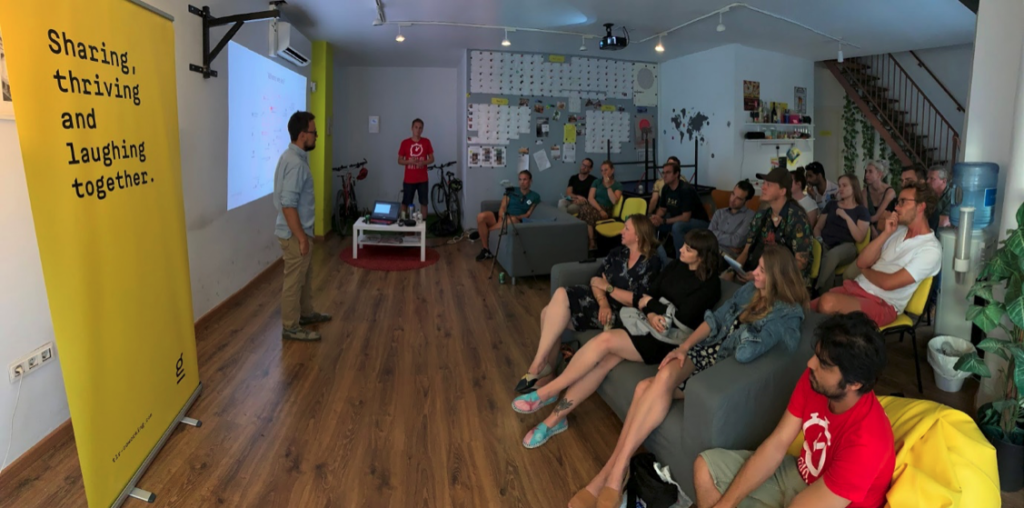
The biggest win from today!
I asked the lovely TLR family members what the most valuable thing they will take away from this TGIF, everyone wrote various different things which was fantastic to see and I asked them to commit to 3 actions that they will put into practice in their everyday life. From being more present to showing the story when they are talking, everyone wrote down 3 things and it would be great if you could do the same. I hope I have inspired everyone, and that you will take away something useful from this blog post! If you would like to find out more about me and my coaching, I would love to hear from you so please get in touch (details below).
About Amani Said PhD
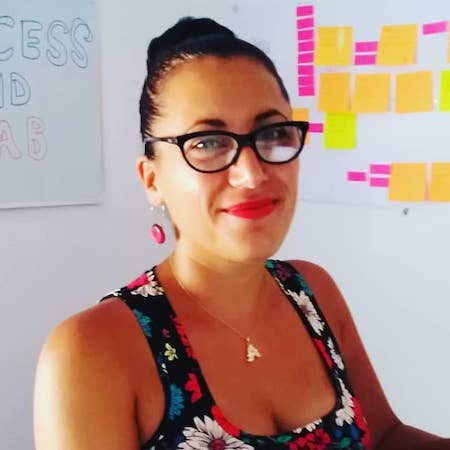
Amani empowers scientists in achieving their career goals through online coaching and trainings. She provides them with the necessary tools to launch their dream careers and make a meaningful impact as scientists. Amani’s vision and mission, as a career coach, are to change the world for the better through education and personal growth, one scientist at a time. Check out her website or connect with her on LinkedIn.

